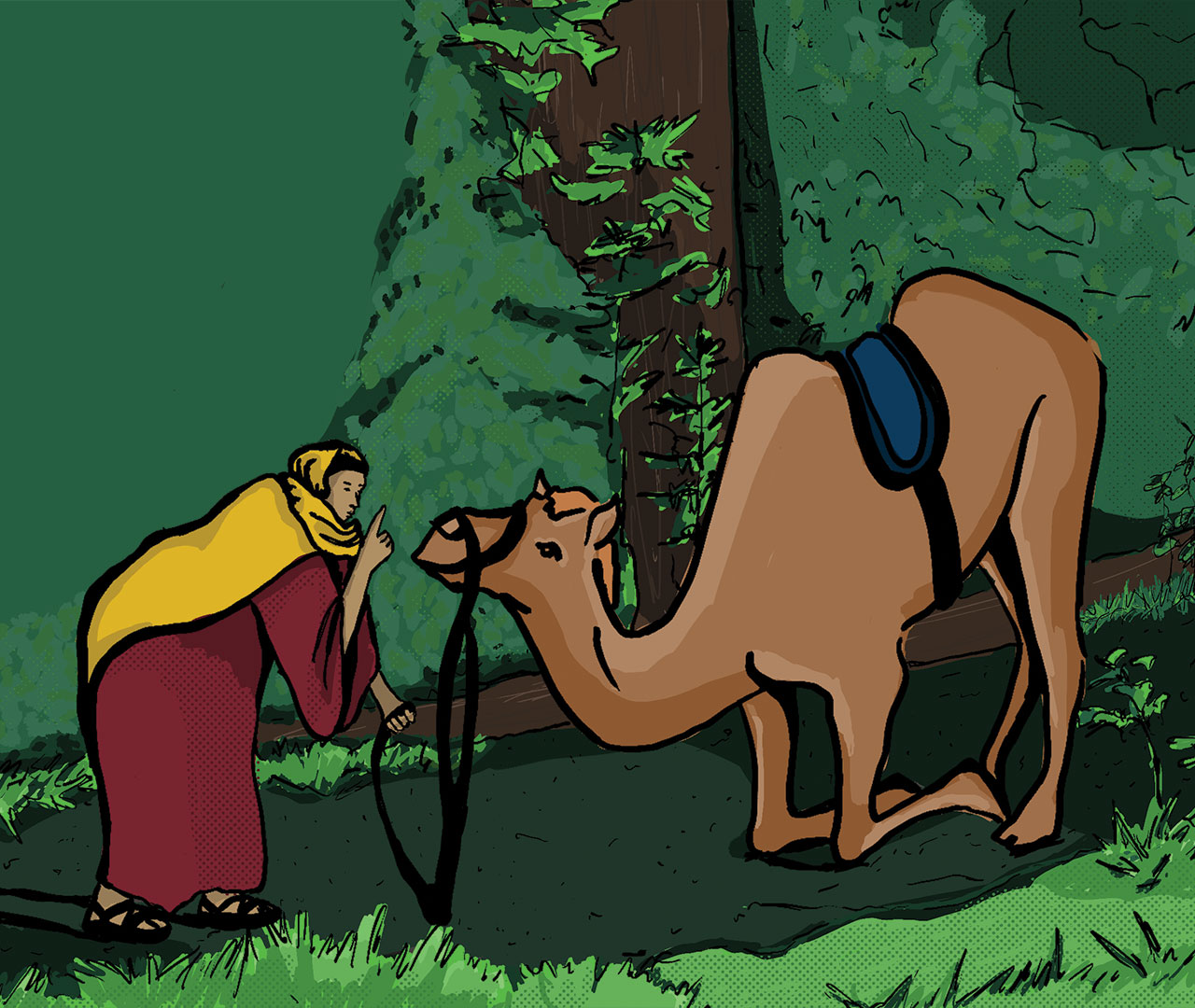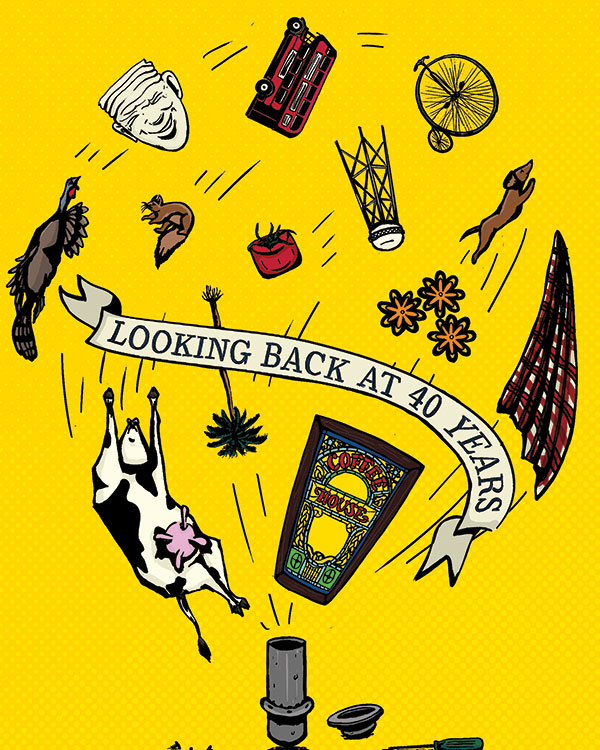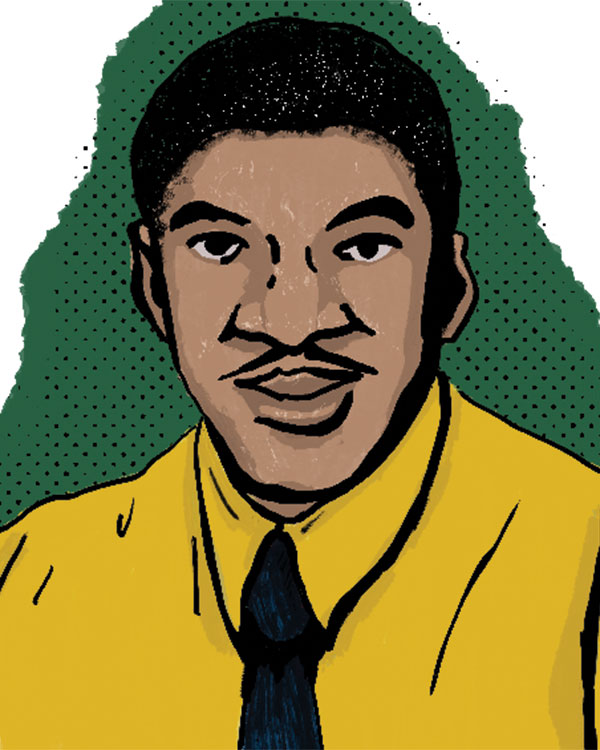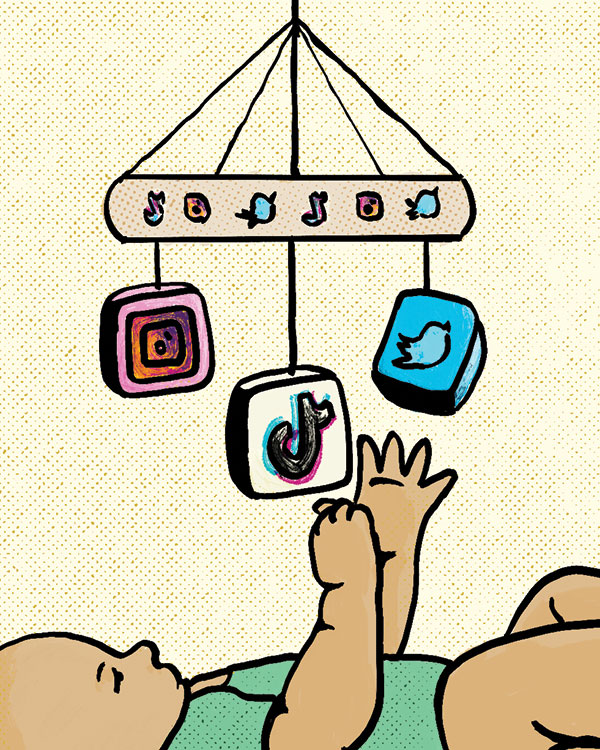
Fact-checking and verifying information have always been important.
All the issues are scrutinized for the veracity of details and spelling. Before the internet, this process was a lot harder to do. Marti Childs, who worked here from 1985-93, rising from editorial assistant to associate editor, remembered receiving an obituary for a man that just didn’t seem quite right. She tracked down a phone number for the man, who was very much alive. “He just didn’t want to receive any more correspondence from UC Davis,” she laughed.
We used to get more letters, but they could be harsh!
We previously printed nearly all the letters we received, in a section called “Correspondence,” and even replied to the bulk of them. Jeff March, managing editor from 1983-91, and operations manager from 1991-94, said, “Publishing the letters showed integrity because they shared the negative along with the positive.” But reading back through the archives presents a striking truth: Previous editors must have developed thick skin, sorting through letters that were critical of previous coverage. Though, of course, there were plenty of funny and insightful letters as well.
How we talk about subjects has changed.
While UC Davis Magazine editors and writers have always been well-qualified for reporting a variety of subjects, the tone and language of the times have changed — and the magazine has changed with it. Diversity, equity and inclusion are paramount to our purpose and we aim to communicate in the most respectful manner, whether the story is about female athletes, disability issues or even fashionable hairdos. But we know we must always aim for a higher standard than before.
UC Davis offers a wealth of potential material.
We will never run out of story ideas. “I was always amazed by how many brilliant, fascinating people there are on campus,” said Kathleen Holder, who started at UC Davis Magazine as associate editor in 2004 and was managing editor from 2009-15. Indeed, stories have introduced us to researchers, farmers, politicians, performers and so many more.
This job is never the same-old, same-old.
A camel on campus?
Some years ago I left my office in Mrak Hall at the end of the day and began my walk home, taking the path that runs behind the Grounds Division. As I neared the back of the theater building, I happened to glance to my right and there, half-hidden by the shrubbery, was a man dressed in typical Bedouin garb, crouching down and holding the reins of a kneeling camel — a live one. As my eyes widened and I was about to make some kind of startled exclamation, the man put his finger to his lips in the classic “sssh” gesture. I made no sound and walked on.
For years, I’ve wondered about that man and that camel. What were they doing there? Was it a surprise for someone in the drama department? If so, for whom? And why a camel, for heaven’s sake? Was there a production going on that had an Arabian theme, and did they just want to keep the camel out of the dressing room? ...
— Barbara Anderson, then-associate editor of UC Davis Magazine (Fall 2001)
The answer revealed.
Faithful readers of UC Davis Magazine will recall an item in the “Campus Views” section of the fall ’01 issue that described a camel sighting in the shrubbery behind the dramatic art building (now Wright Hall) some years ago and how the writer had wondered ever since just what had occasioned such an unlikely event. Well, we now have an explanation, thanks to Adrian Elfenbaum, M.F.A. ’88, M.A. ’91, who recalled that the camel had made an appearance in one of Dan Snyder’s Christmas productions of Out Our Way. Snyder, a professor emeritus of dramatic art, who, along with William Wiley in the art department, mounted a number of such productions in dramatic art’s labs A and B in the ’70s and ’80s, recalls that particular camel with fondness. “He could just get through the door,” Snyder says. “And he was just a sweetheart” — no prima donna temperament from that camel. (Winter 2002)



